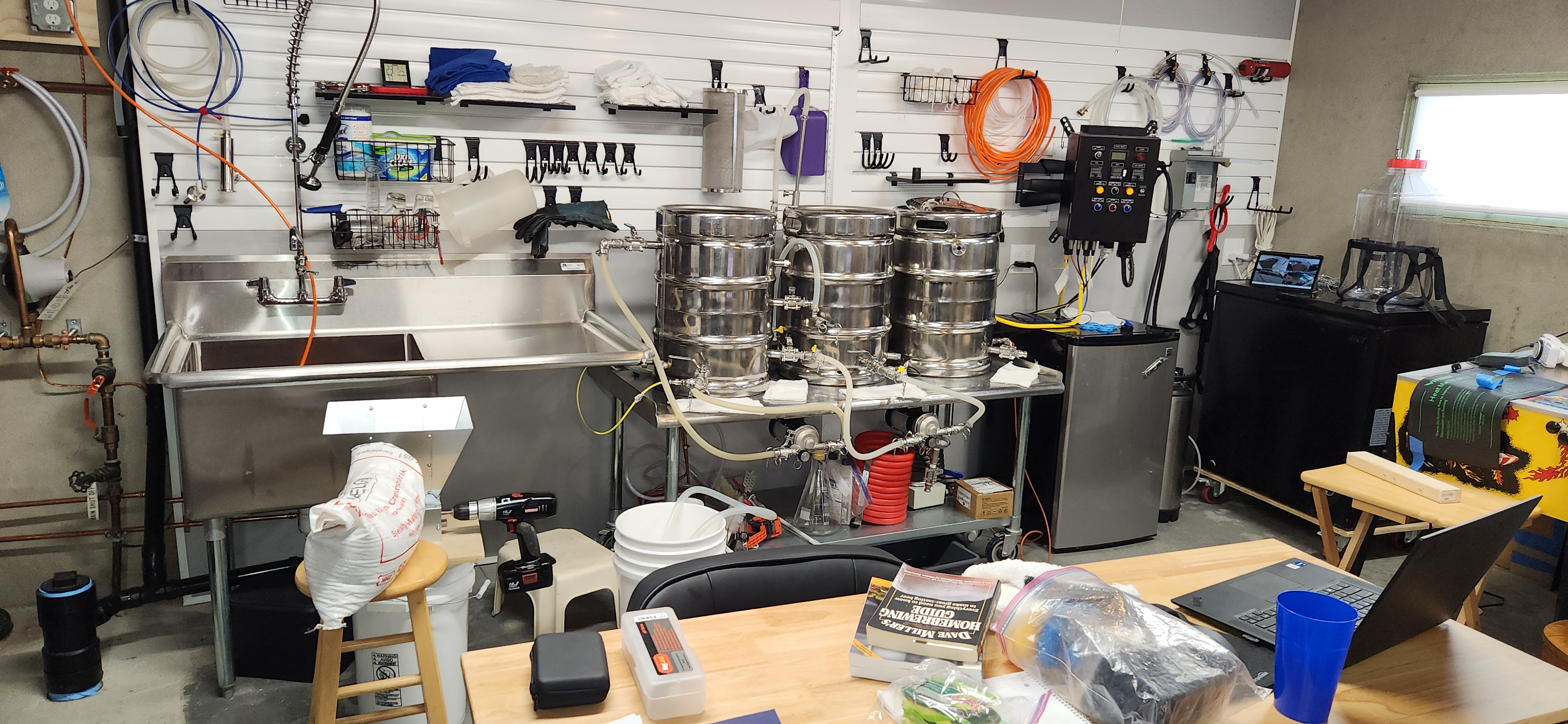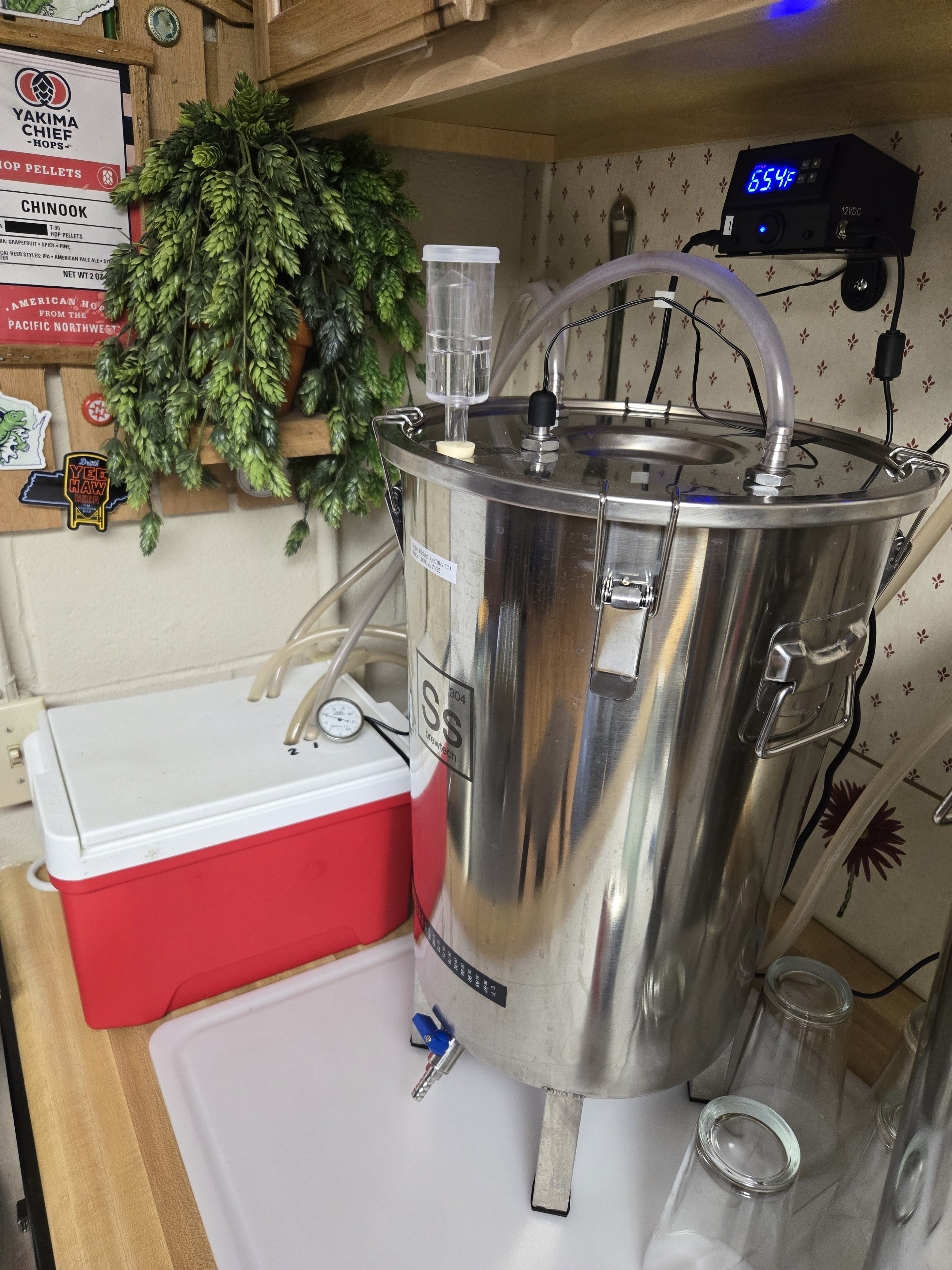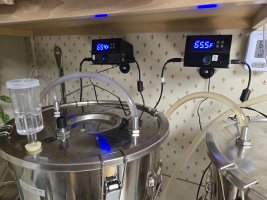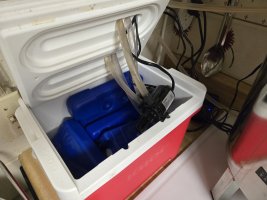I'm currently utilizing 2 All Rounder for fermentation - with a single 5cu. ft. chest freezer as fermentation chamber + 40W heat wrap (https://www.brewhardware.com/product_p/fermwrap.htm) "rigged up" around the all rounder; both controlled by an Inkbird WiFi controller. This basically single threads my beer brewing.
I'm looking at adding a Temp Twister to the All Rounders and utilizing a glycol chiller to allow simultaneous fermentation. I've been seeing used SS Brewtech 1/5 hp glycol chillers (GC) available. The glycol tubing hookups seem pretty straight forward. Its the FTSs proprietary heating pad hookup I'm struggling with. Has anyone setup these Brewtech GC to utilize those 110V AV heat wraps with the FTSs? Or is there a way to set this up utilizing the Inkbird controller instead of the FTSs?

I'm looking at adding a Temp Twister to the All Rounders and utilizing a glycol chiller to allow simultaneous fermentation. I've been seeing used SS Brewtech 1/5 hp glycol chillers (GC) available. The glycol tubing hookups seem pretty straight forward. Its the FTSs proprietary heating pad hookup I'm struggling with. Has anyone setup these Brewtech GC to utilize those 110V AV heat wraps with the FTSs? Or is there a way to set this up utilizing the Inkbird controller instead of the FTSs?






































![Craft A Brew - Safale BE-256 Yeast - Fermentis - Belgian Ale Dry Yeast - For Belgian & Strong Ales - Ingredients for Home Brewing - Beer Making Supplies - [3 Pack]](https://m.media-amazon.com/images/I/51bcKEwQmWL._SL500_.jpg)



